The Joint capsules of our body are an important part of all movements. They are made of connective tissue and cover all of our joints. In it is the joint cavity, which is filled with synovial fluid. Joint capsules are primarily responsible for the stability and lubrication of joints.
What is a joint capsule?
Every joint in our body also has a joint capsule. In specialist circles, the joint capsule is called Articular capsule designated. This completely encloses the joint cavity, which is filled with synovial fluid. This fluid is important for the smooth movement of our joints because it lubricates the moving parts of the joints.
The joint capsule thus protects our joints and ensures the existing stability of all joints. In the event of injuries, the joint capsule is always affected before damage occurs to the actual joint. The joint capsule also seals the respective joint so that the synovial fluid does not leak out.
Anatomy & structure
The joint capsules in our body consist of two layers: Membrana fibrosum and Membrana synoviale (synovial membrane). The membrana fibrosum is primarily responsible for the mechanical strength and mobility of the joints. The possible directions of movement are therefore given by them. It stabilizes the joint and guides its movements. It consists mainly of collagen connective tissue. At the edge of the joint it is fused with the periosteum. The current position of the joint is also transmitted to the brain via the fibrous membrane and the movements are controlled.
The synovial membrane, on the other hand, has a very loose structure and is located within the fibrous membrane. Their main task is to break down the abrasion products that result from normal movements. It contains many nerve fibers and receptors, which results in the synovial membrane being extremely sensitive to pain.
It is also responsible for regulating the joint fluid (synovial fluid). If necessary, this is produced or also dismantled. The joint capsules in the body are the central trigger for pain in the joints and thus also responsible for movement restrictions.
Function & tasks
The main task of the joint capsules in our body is to enable movement. The special structure of our joints makes the interplay of movements and control by the brain possible. Controlled movement sequences would not be possible without joint capsules. The joint capsules provide the possibilities for the directions of movement. This is why the joints of healthy people can only be moved or rotated in certain, predetermined directions.
One of the main tasks of the joint capsule is to protect the respective joint. It completely encloses the joint as a protective jacket. Without the joint capsule, our joints would also have significantly less stability.
The production and regulation of synovial fluid in the joint capsules is also responsible for smooth movements. Without the synovial fluid, our joints would be much more difficult to move and also show signs of wear and tear much faster.
The sensation of pain is also controlled by the joint capsule. The articular cartilage, on the other hand, cannot feel pain. If the joint is damaged, the information to the brain always comes from the joint capsule. It then signals pain to the brain, which consequently restricts movement in order to minimize the risk of further damage.
Illnesses & ailments
Our joint capsules can cause problems due to aging, illness or accidents. Osteoarthritis and arthritis are very well known in this context. Osteoarthritis is a sign of wear and tear, but it goes beyond the usual age-related extent. The cause of this unnatural wear and tear can lie in excessive stress over a long period of time, or it can result from accidents. Congenital causes can also trigger osteoarthritis.
Arthritis, on the other hand, is a widespread joint inflammation. There is inflammation caused by bacteria, or inflammations that have rheumatic causes. The joint can swell and reddening can occur. Joint effusion also often forms.
The diagnosis of capsular rupture occurs again and again, mainly in athletes. If a sudden and rapid movement is made during exercise, the joint can be stressed beyond its normal radius and the result can be a capsule tear. This is damage to the connective tissue on the joint capsule. A capsule tear can be recognized by swelling, pulsating pain and a bruise can also develop.
The swelling occurs because the joint fluid leaks through the crack in the joint capsule. This also creates the restriction of movement. A capsule rupture can also be caused by the uncontrolled hitting of a ball or by twisting the respective joint.

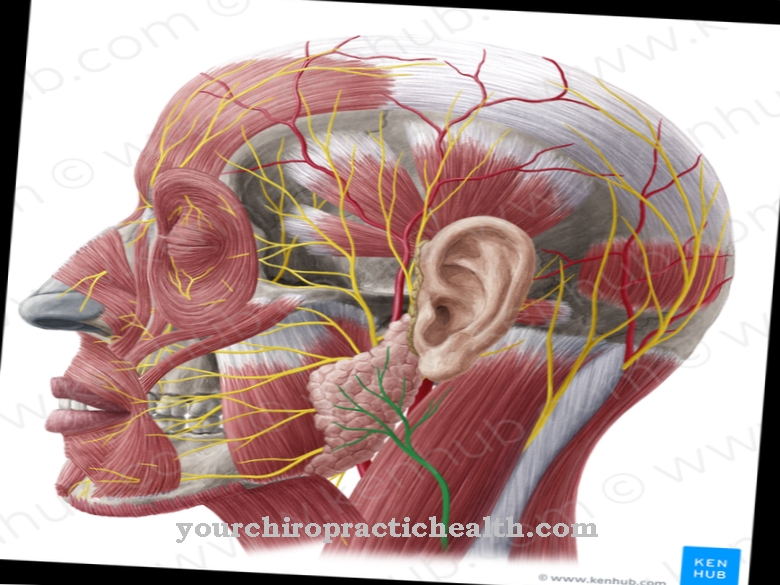
.jpg)
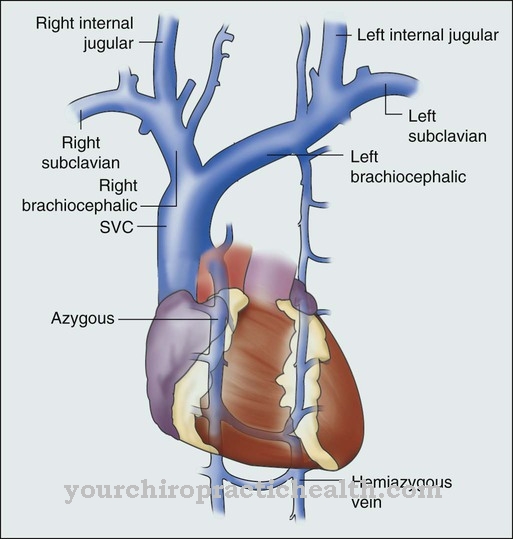
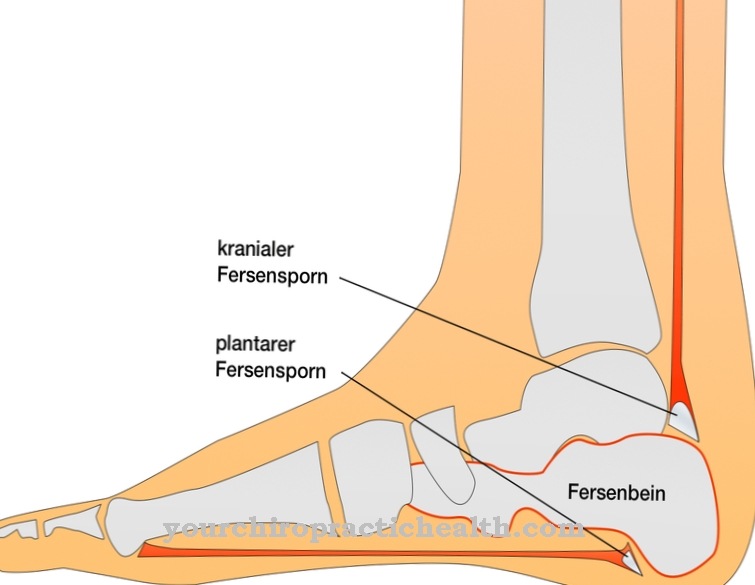
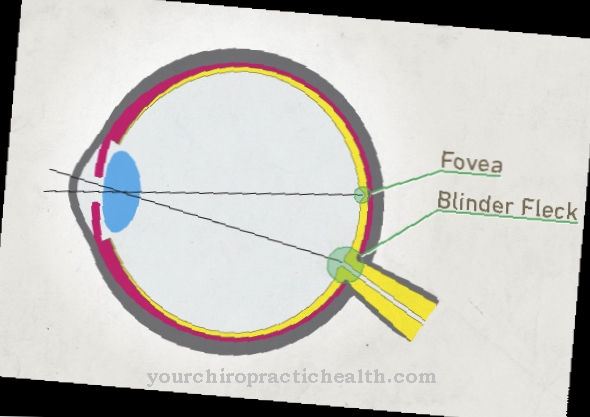
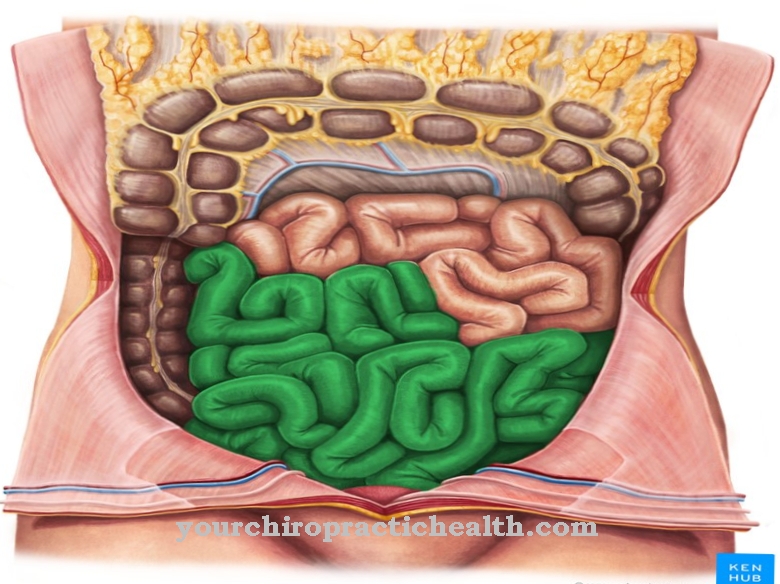






.jpg)

.jpg)
.jpg)











.jpg)